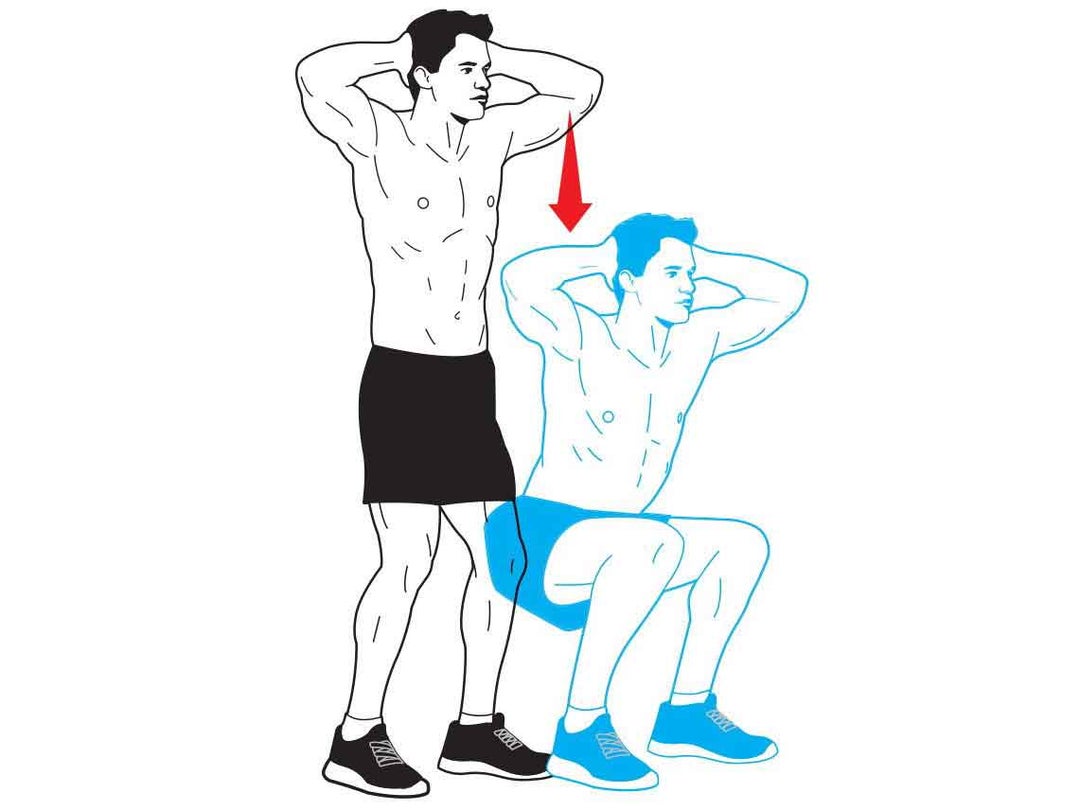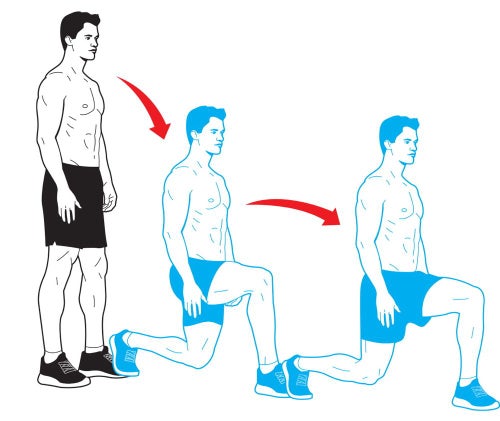New perk! Get after it with local recommendations just for you. Discover nearby events, routes out your door, and hidden gems when you sign up for the Local Running Drop.
Patellofemoral knee pain (aka “runner’s knee,” thanks to how prevalent it is among runners) is characterized by pain beneath the kneecap that’s worst after you finish an activity. It’s especially sore going up or down stairs, tends not to swell, and typically becomes most aggravated after about an hour of running, when your quads start to tire.
The patella (kneecap) has to withstand tremendous amounts of force, and the direction in which the patella moves is directly related to the forces that come from the quads.
Pain can come from several causes. One is an injury to the cartilage under the patella. Poor running or biking mechanics resulting from weak or tight muscles can contribute. Poorly conditioned glutes, core muscles, hips and quads can lead to pelvic instability, which can affect the knees. I see this condition in more women than men because of what is called the Q angle or the knock-kneed angle, which is caused by their wider hips and can result in overpronation (when the foot falls inward).
Fix It
Employ dynamic rest. As you work to rehab the injury, stay fit with vigorous upper-body work, plus pool running and/or biking if you can do so without knee pain. Meanwhile …
Strengthen your knees, quads, and hips. Weak or inflexible quads are a particular source of knee pain, but upping your strength and flexibility throughout these three areas will help both ease the pain and improve your form once you return to your normal training. Plyometric lower-body exercises can help with strength and flexibility, so add multidirectional lunges, planks, skater plyos, squats and squat jumps to your workout.
Work on body mechanics. Poor running form can bring on this condition. A good way to see what your form looks like is to have a friend record you running toward a video camera or camera phone. You may see things you never realized you were doing. Do your knees fall inward? Do your feet roll inward or outward? Increasing your strength and flexibility can help your mechanics, but you may have to concentrate on proper form or seek out a coach to help you retrain yourself.
Prevent It
Runner’s knee is only sometimes caused by a literal knee problem. More likely, muscle imbalances, tightness, or bad conditioning in the quads and hips is the issue. The stretches and exercises above all target your quads and hips and can be added to any workout.
Training Tip
If you shorten your stride and raise your footstrike rate, you’ll take a lot of stress off your knees. Count the number of footstrikes of either the left or right foot over 1 minute as you run. A good number is 85 to 90 footstrikes per minute on one foot.
 Walking Lunge (dumbbells optional)
Walking Lunge (dumbbells optional)
Perform a lunge, but instead of pushing your body backward to the starting position, rise up and bring your back foot forward so that you move forward (as though you’re walking) a step with every rep. Alternate the leg you step forward with each time. When you complete the prescribed number of repetitions, perform backward walking lunges to return to your starting point.
 Quadriceps-And-Hip-Flexors Roll
Quadriceps-And-Hip-Flexors Roll
Lie facedown on the floor with a foam roller positioned above your left knee. Cross your right leg over your left ankle and place your elbows on the floor for support. Roll your body backward until the roller reaches the top of your left thigh. Then roll back and forth. Repeat with the roller under your right thigh. (If that’s too hard, perform the movement with both thighs on the roller.)

Prisoner Squat
Stand as tall as you can with your feet spread shoulder-width apart. Place your fingers on the back of your head (as if you have just been arrested). Pull your elbows and shoulders back, and stick out your chest. Lower your body as far as you can by pushing your hips back and bending your knees. Pause, then slowly push yourself back to the starting position.

